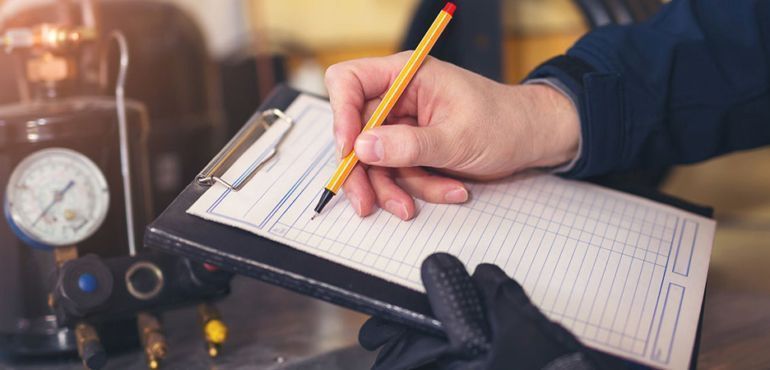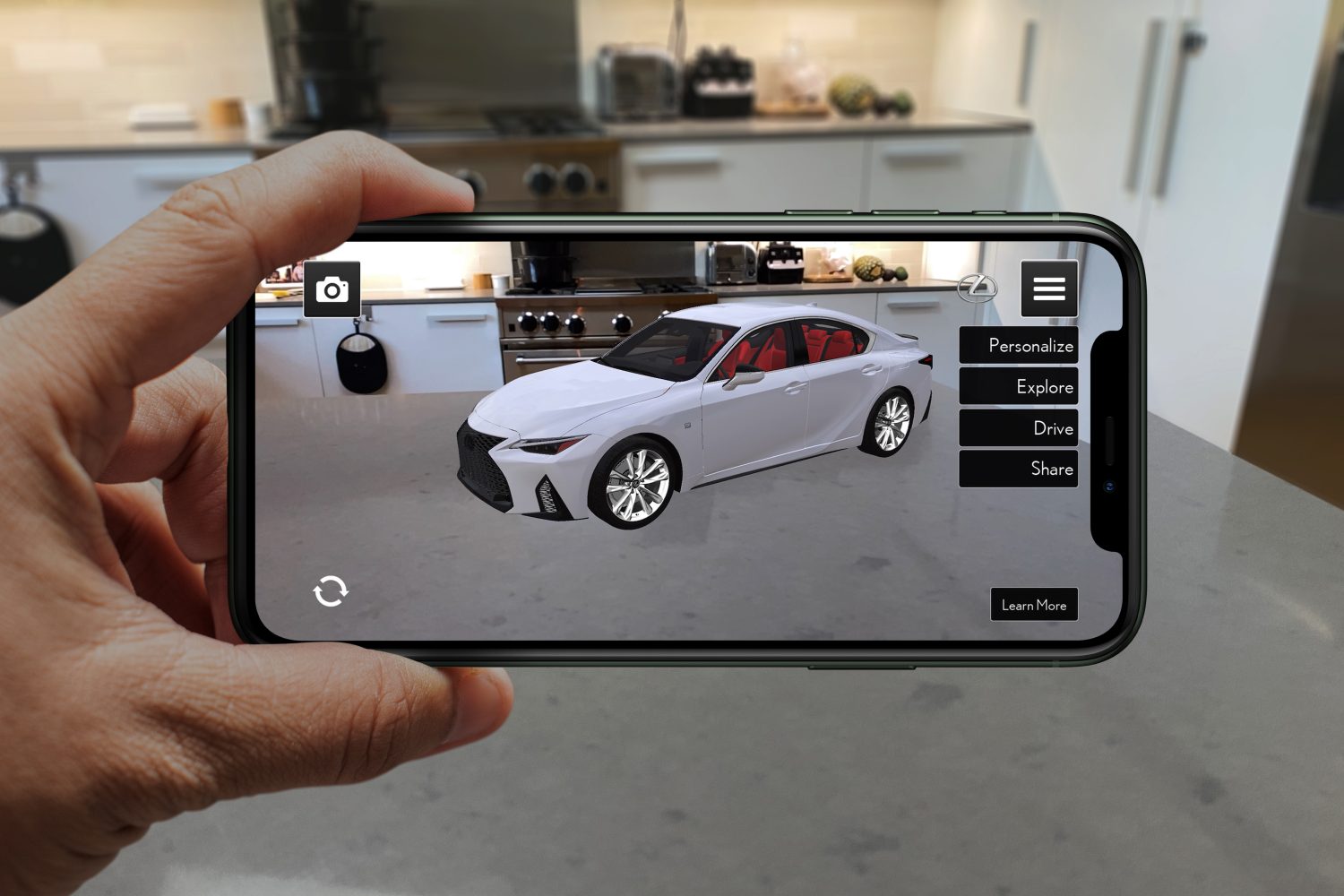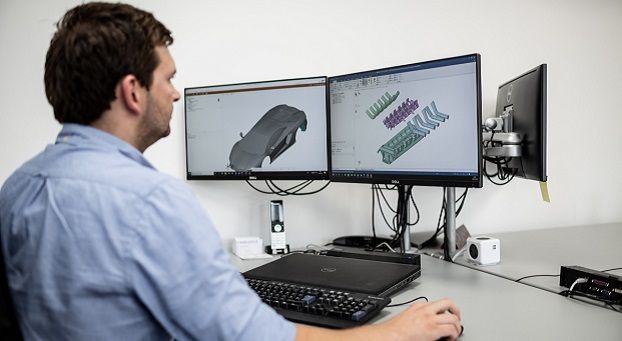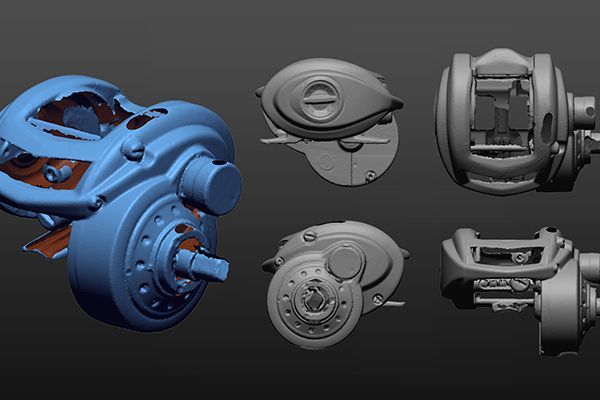Why is 3D Scanning Important for Inspection?
Why is 3D Scanning Important for Inspection?
Importance of Inspection
Quality control (QC) has become one of the most important aspects in today’s business scenario. And in any industry, inspection is a major part of quality control. Advancements in manufacturing technology are pushing the envelope of design capabilities which in turn are driving the need for better ways of inspecting. The need for inspection has, and always will exist. It’s a drive towards perfection, optimization and, overall, a well-oiled machine. That’s why processes exist such as first article inspection (FAI).
Things to Consider
So we can all agree that the need and growth of inspection in today’s market is immense, now lets address how we can stop the haemorrhaging caused by bad inspections. Your QC system is only as good as its operators and those operators are only as good as their tools. But in order to find the correct tool for the job, there are a few things you should consider first.
Complexity of parts – As we strive towards improving on our last design in order to keep up with our competition, we see a growing trend in complexity of parts. The questions you need to be asking yourself are; are my parts simple or complex? Will I be changing the designs to be more complex in the future? Do I have the right tools to inspect them now? Will I have the right tools to inspect them in the future?
Cost – What is the cost of quality? In this category you need to be asking yourself; What is my cost per part for inspection? What is my cost per part of rejection, in development, production and returned from the customer?
Market trends – Understanding the market and how it affects your operations is something most don’t consider. Consider this; the tools you currently use for inspection, are they antiquated or cutting edge?
Ease-of-Use – does the tool you currently use require a higher level of education? For example, if you were to hire an operator would you be looking for someone with extensive use on the device or would it be easy to train them internally on the tool?
Versatility – Can the device you currently use be operated in different environments? What if you need to inspect a part on the line or in the field?
Human error – There will always exist some form of uncertainty created by the tool, but certain inspection tools can create higher amounts of error due to the operator. Humans are prone to errors and it would be smarter to reduce the chances of errors.
Accuracy – For most companies, accuracy tends to be the most important feature of an inspection tool. Opting for a device that offers good accuracy ensures reliable measurements and usable data. The objective is often to achieve a perfect design fit, without the need for iterations.
Speed – Faster turnaround times mean quicker problem identification which in-turn means less money lost throughout the process, especially if caught in development or first run production.
Why Choose 3D Scanning?
3D Scanning technology has been around since the 1960’s and was more of a conceptual prototype at that time. But over the last 60 years the technology quickly evolved into an easy to use, hand-held device for scan-to-print, reverse engineering and inspection.
Though there exists a spectrum of scanners on the market, for applications of PPAP and first article inspection the search should begin in the metrology variety of scanners. A metrology grade scanner is regulated by a set standard for inspection tools, usually by a NIST college (National Institute of Standards and Technology). This gives you piece of mind that the data extracted by the scanner are accurate and highly repeatable. Which means you now have a tool that will provide reliable measurements, independent of the operator. Which means you can avoid the human error aspect.
Due to technological advancements, 3D Scanners have an astonishing speed of data collection. For example: EinScan’s newly launched HX handheld scanners can collect at an impressive speed of 1.2 million measurements per second. To put this in perspective, if you have ever used a traditional CMM or a depth gauge to collect data for flatness then you know it takes a decent amount of points and time to correctly measure. Now picture using a scanner instead, with in a second you have confidently and accurately measured the flatness. This takes care of the speed element.

Most 3D Scanners are also designed to operate in a wide range of environments. In part due to the hand-held portability and positioning targets for alignment. An operator is no longer tied to the QC lab but now can walkout on to the shop floor and inspect a part right off the production line. This is called Versatility.
Most 3D scanners on the market today are designed to be plug-in-play with minimal training required. Ease-of-Use.
Last but most important is accuracy. Doing a simple search on 3D Scanner accuracies will show that there is a wide range but remember, for inspection purposes a metrology grade scanner should be the focus. In the portable, metrology grade range the average range is between 0.050mm to 0.005mm which is less than the thickness of a human hair.
Identifying where your inspection tool falls into the current industrial market could be an eye-opening experience and you could be haemorrhaging more money then realized. Considering the manufacturing industry will continually grow and the demand for more complexity is ever prevalent. Overall as we strive to improve our capabilities in the QC world, 3D scanning has stepped up the inspection game by providing more reliable measurements, plugin-play functionality and unparalleled speed.
For more information on 3D Scanning, 3D Scanners and Reverse Engineering visit our website or blog section.







There are no comments